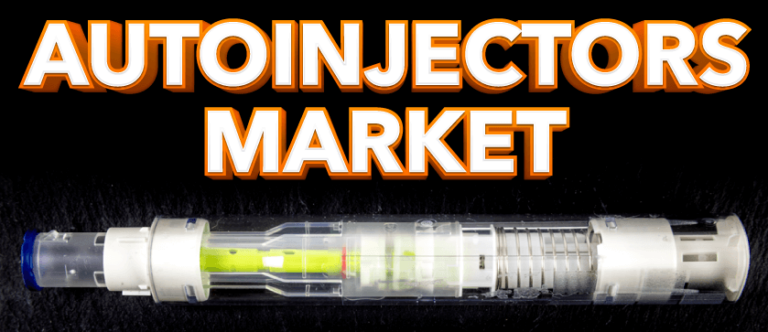
Cracking the Code: Strategies for Successful Blockchain Software Development
Introduction:
Blockchain technology has evolved from being synonymous with cryptocurrencies to becoming a transformative force across various industries. As businesses increasingly recognize the potential of blockchain, the demand for robust and efficient blockchain software development has skyrocketed. In this blog post, we will delve into the strategies essential for successful blockchain software development, with a specific focus on the integration of artificial intelligence (AI) in the blockchain ecosystem.
Understanding the Landscape:
Before diving into the strategies, it’s crucial to understand the current landscape of blockchain software development. Blockchain, essentially a decentralized and distributed ledger, ensures transparency, security, and immutability of data. It is the backbone of various applications, ranging from finance to healthcare and supply chain.
However, as the technology advances, developers face challenges in enhancing scalability, interoperability, and integrating smart contracts. This is where the fusion of AI and blockchain emerges as a game-changer.
Strategies for Successful Blockchain Software Development:
Comprehensive Planning:
Successful blockchain software development begins with a well-defined plan. Understand the project requirements, identify the target audience, and define the goals. Factor in the integration of AI from the initial stages, ensuring a seamless blend of technologies.
Scalability Matters:
Scalability remains a persistent challenge in blockchain networks. To address this, developers should explore sharding techniques, layer 2 solutions, and off-chain processing. Additionally, AI algorithms can optimize network performance, predicting traffic patterns and adjusting resource allocation accordingly.
Interoperability and Standards:
Achieving interoperability between different blockchain networks is crucial for widespread adoption. Embrace industry standards and protocols to facilitate seamless communication between disparate systems. AI can assist in creating adaptive interfaces that bridge the gap between different blockchains.
Smart Contracts Reinvented:
Smart contracts are the backbone of many blockchain applications. Enhance their functionality by integrating AI capabilities. This can include machine learning algorithms for dynamic contract execution, reducing the need for manual intervention and ensuring more adaptive and intelligent contracts.
Security First:
Security is paramount in blockchain development. Leverage AI for threat detection, anomaly detection, and real-time monitoring. Machine learning algorithms can identify patterns indicative of potential security breaches, providing a proactive approach to cybersecurity.
User-Friendly Interfaces:
Blockchain applications often face user adoption challenges due to complex interfaces. AI-powered chatbots and natural language processing (NLP) can simplify user interactions, making blockchain applications more accessible to a broader audience.
Data Privacy and Governance:
Implement robust data privacy measures and governance protocols. AI can aid in the development of privacy-focused consensus mechanisms and encryption techniques, ensuring that sensitive information remains secure on the blockchain.
AI in Blockchain: A Synergistic Approach
Now, let’s explore how AI can be seamlessly integrated into blockchain software development to unlock new possibilities and enhance the overall ecosystem.
Enhanced Decision Making:
AI algorithms can analyze vast amounts of data on the blockchain, providing valuable insights for decision-making. Smart contracts embedded with AI can autonomously execute decisions based on real-time data, reducing human intervention.
Predictive Analytics:
AI-powered predictive analytics can be applied to blockchain data to forecast trends, potential bottlenecks, and market movements. This information is invaluable for businesses looking to make informed decisions in a dynamic environment.
Tokenization and AI:
Tokenization, a key feature in blockchain, can be further optimized with AI. Machine learning models can analyze token behaviors, identify fraudulent activities, and enhance overall tokenomics for a more stable and secure ecosystem.
AI-Driven Identity Management:
Identity management is a critical aspect of blockchain applications. AI can enhance identity verification processes, reducing the risk of fraudulent activities. Biometric authentication and facial recognition powered by AI can fortify the security of user identities on the blockchain.
Conclusion:
In conclusion, successful blockchain software development requires a strategic and adaptive approach, acknowledging the dynamic nature of the technology landscape. The integration of AI in blockchain development amplifies the capabilities of both technologies, paving the way for more intelligent, scalable, and secure blockchain applications.
As businesses continue to explore the potential of blockchain and AI, the fusion of these technologies will undoubtedly shape the future of decentralized systems, revolutionizing industries and unlocking new possibilities for innovation and efficiency. By cracking the code of successful blockchain software development and embracing the power of AI, developers can navigate the challenges and contribute to the evolution of this transformative technology.



